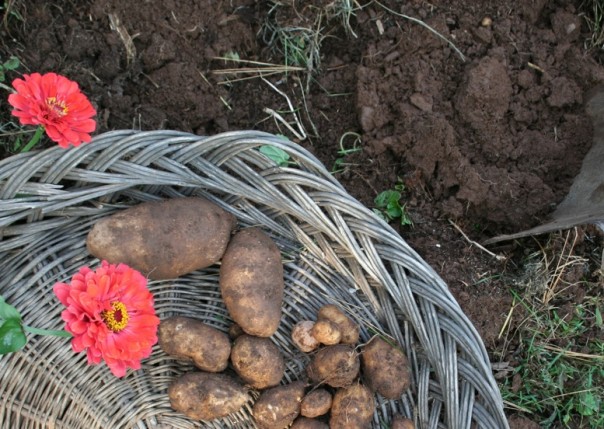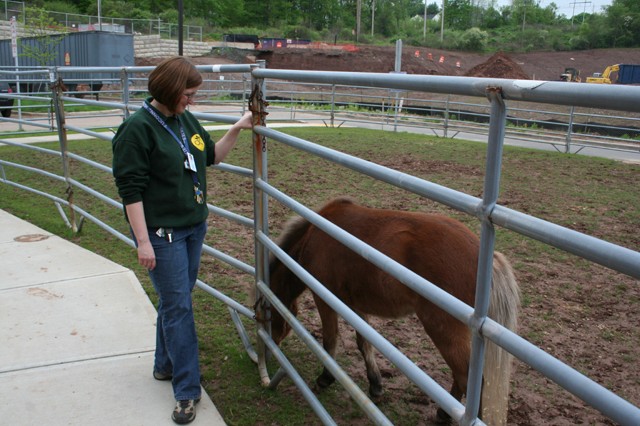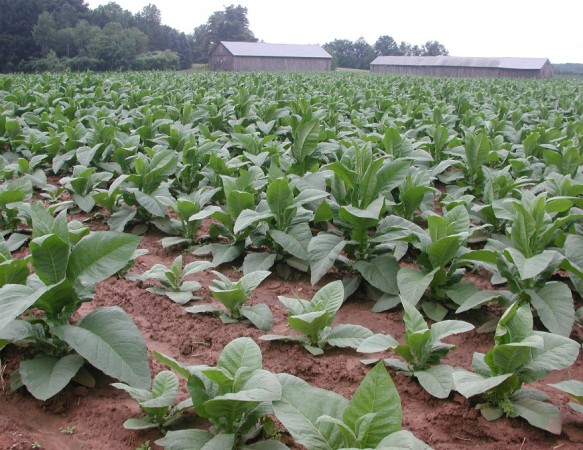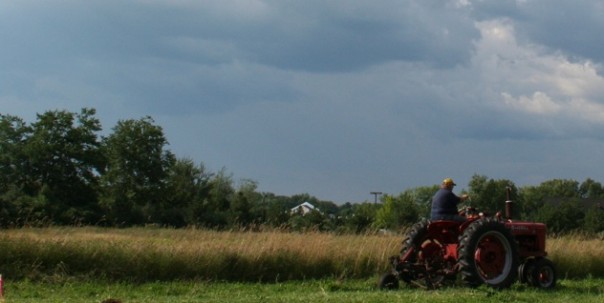Economic Impact of Agriculture
Agriculture in just one New England state, Connecticut, is no small potatoes.
The University of Connecticut College of Agriculture and Natural Resources Economic Impact of Agriculture Study shows economic impact of agriculture in easy to understand dollars and cents. Though the state has just 13 percent of its total in farm land, and some 5,000 farms, the economic impact of agriculture in all its forms rings in at $3.5 billion and generates more than 20,000 related jobs.
“Economic Impacts of Connecticut’s Agricultural Industry” is the first such study to measure the monetary contributions of agriculture to the state economy.
Conducted and authored by a group of professors and research assistants at UConn’s Department of Agricultural and Resource Economics in cooperation with the Connecticut Center for Economic Analysis, research tapped into agricultural sales generated in 2007 to calculate the industry’s $3.5 billion contribution to the state's total gross product of $212 billion that year, which was roughly the size of the economy of Ireland or Israel.
“Connecticut’s agricultural industry is a major part of our state’s economy and the quality of life that our citizens enjoy,” according to the Connecticut Farm Bureau Association. “The study shows that the total economic impact of our state’s agricultural industry on our state's economy is some $3.5 billion and generates more than 20,000 jobs. Supporting Connecticut farmers makes sense.”
Agriculture is the ultimate home-grown industry and jobs cannot be moved offshore or outsourced. Dollars spent on products support communities and businesses. Other benefits including food security, preservation open spaces and support of wildlife habits.
Professor Rigoberto Lopez, head of the Department of Agricultural and Resource Economics, led the research team after talking with members of the Connecticut Farm Bureau Association and other state agricultural organizations seeking a comprehensive analysis of agriculture’s impact on the state’s economy.
“Because the agricultural industry purchases goods and services from other industries and hires local labor, its economic impact cascades throughout the state’s economy,” according to details in the report. “In sharp contrast to agriculture nationwide, field crops comprise a minor share of agricultural sales (in Connecticut), while the largest agricultural sectors are ‘green’ industries (nursery, greenhouse, floriculture, and sod production), dairy farming, and tobacco.”
Some highlights of the study include:
• Each dollar in sales generated by the agricultural industry creates up to an additional dollar worth of economic activity statewide, a significant “multiplier” by the industry for the state.
• The agricultural production sector generates between 13 and 19 jobs per million dollars in sales, more than twice the jobs generated by agricultural processing.
• The highest job generator is the greenhouse, nursery, floriculture, and sod production sector (nearly 7,000 jobs); followed by cheese manufacturing; animal slaughtering and processing; fruit and vegetable canning, pickling, and drying; tobacco farming; forestry; fruit farming; and fluid milk manufacturing.
Connecticut cropland, pasture, wetlands, and woodlands provide aquifer recharge areas and habitats for many land and aquatic species, and breeding areas for local bird populations, according to Lopez.




